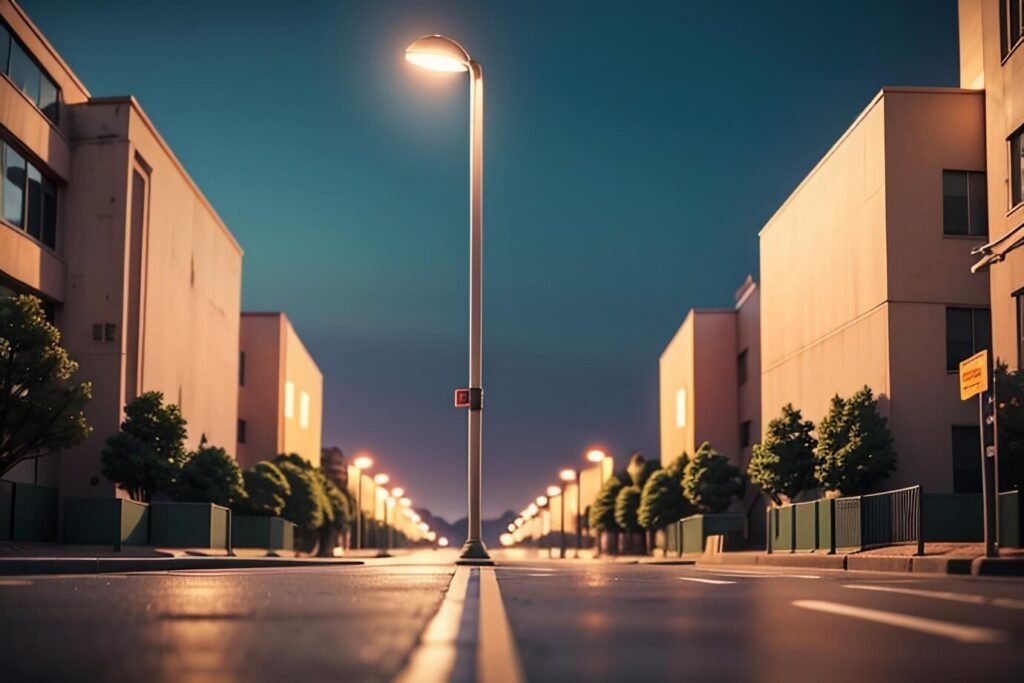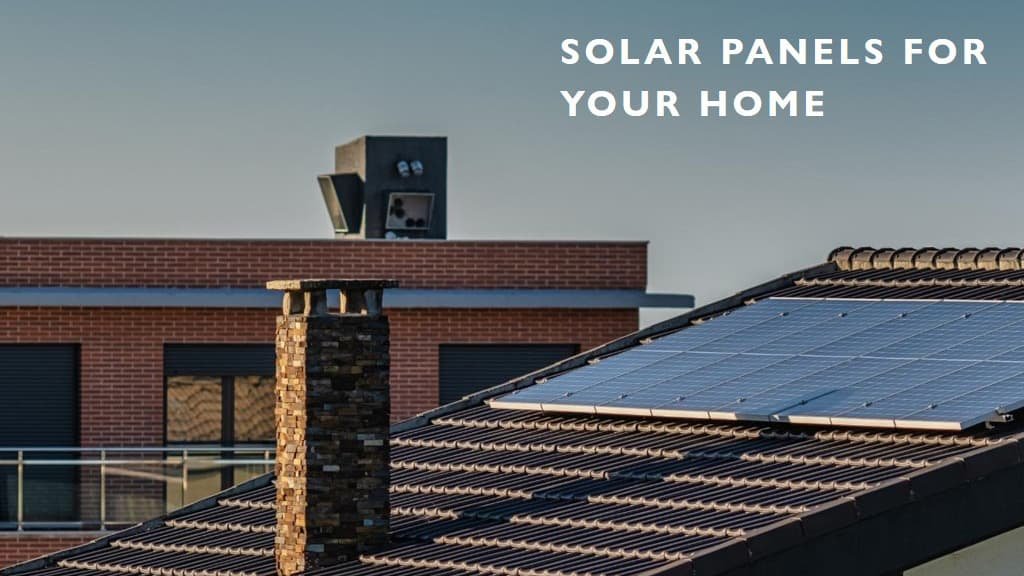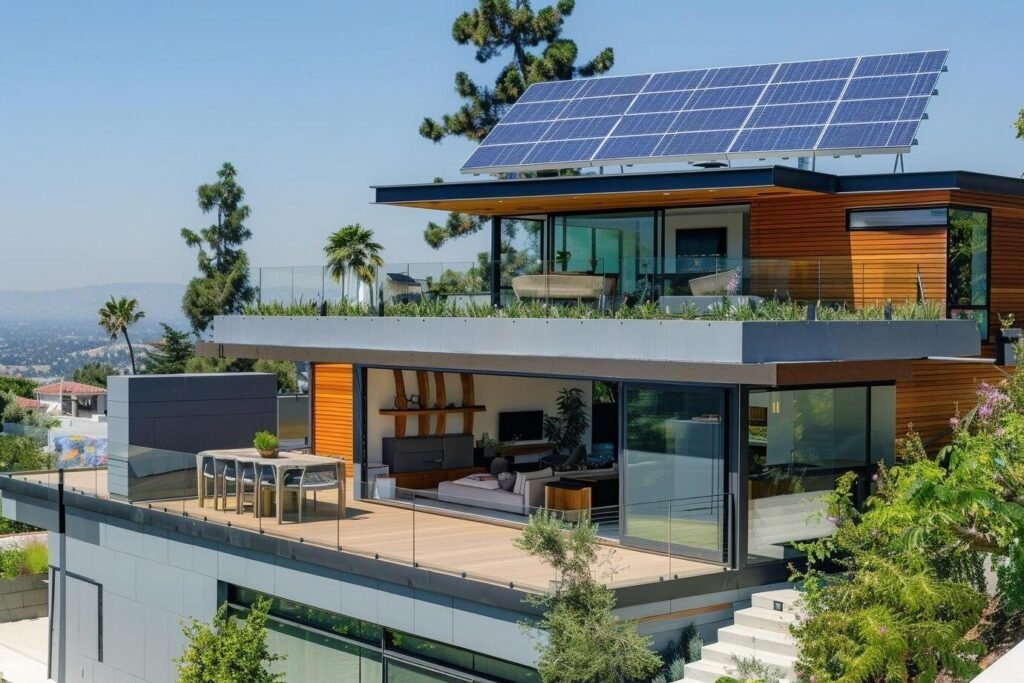Street lighting plays a crucial role in creating safe, vibrant, and welcoming environments in urban and suburban areas. As cities grow and suburban neighborhoods expand, the importance of efficient and reliable street lighting becomes more apparent. This blog explores the significance of street lighting, innovative solutions, and the benefits they bring to modern urban and suburban spaces.

1. Enhancing Public Safety
- Crime Prevention: Adequate street lighting is a key deterrent to criminal activities. Well-lit streets, parks, and public areas reduce the likelihood of crimes such as theft, vandalism, and assault. By eliminating dark spots and shadows, streetlights increase visibility and make public spaces safer for residents and visitors.
- Traffic Safety: Properly illuminated streets improve visibility for drivers, cyclists, and pedestrians, reducing the risk of accidents. Streetlights illuminate road signs, crosswalks, and intersections, ensuring that all road users can navigate safely, especially during nighttime or adverse weather conditions.
2. Boosting Economic Activity
- Extended Business Hours: Well-lit commercial areas encourage businesses to extend their operating hours, contributing to a bustling nightlife and increased economic activity. Restaurants, shops, and entertainment venues benefit from increased foot traffic and customer engagement in well-illuminated spaces.
- Property Value: Effective street lighting enhances the appeal and value of residential and commercial properties. Well-lit neighborhoods are perceived as safer and more desirable, attracting potential buyers and investors, and fostering community pride.
3. Promoting Social Interaction
- Community Engagement: Street lighting fosters a sense of community by encouraging social interactions in public spaces. Well-lit parks, squares, and recreational areas become gathering points for residents, promoting a vibrant community life and enhancing social cohesion.
- Outdoor Activities: Adequate lighting extends the usability of outdoor spaces into the evening, enabling activities such as walking, jogging, cycling, and outdoor events. This promotes a healthier, more active lifestyle for residents of urban and suburban areas.
4. Advancing Technological Innovations
- Smart Street Lighting: The integration of smart technology in street lighting systems is revolutionizing urban and suburban spaces. Smart streetlights can be equipped with sensors, cameras, and connectivity features, allowing for remote monitoring and control, adaptive lighting, and data collection.
- Energy Efficiency: Modern street lighting solutions, such as LED lights, are more energy-efficient compared to traditional incandescent or fluorescent lights. LEDs consume less power, have a longer lifespan, and provide better illumination, leading to significant energy savings and reduced maintenance costs.
5. Supporting Sustainability
- Solar-Powered Streetlights: Solar-powered streetlights harness the power of the sun to provide sustainable lighting solutions. These systems are particularly beneficial in areas with abundant sunlight, reducing reliance on the grid and minimizing carbon footprints. Solar streetlights are an excellent option for environmentally conscious communities.
- Reduced Light Pollution: Innovative street lighting designs focus on reducing light pollution by directing light precisely where it is needed. Shielded fixtures, lower light intensity, and adaptive lighting technologies help minimize light spill and glare, preserving the night sky and protecting nocturnal wildlife.
6. Enhancing Aesthetic Appeal
- Architectural Lighting: Street lighting is not just functional; it also enhances the aesthetic appeal of urban and suburban spaces. Thoughtfully designed lighting can highlight architectural features, public art, and landmarks, creating visually appealing environments that enhance the character and identity of a community.
- Festive and Event Lighting: Temporary lighting installations for festivals, holidays, and special events bring a sense of celebration and joy to public spaces. These installations can transform ordinary streets and parks into magical experiences, fostering community spirit and attracting visitors.
7. Facilitating Smart City Initiatives
- Integrated Systems: Street lighting is a critical component of smart city infrastructure. By integrating streetlights with other smart systems, such as traffic management, environmental monitoring, and public safety networks, cities can create more efficient, responsive, and sustainable urban environments.
- Data Collection and Analytics: Smart streetlights equipped with sensors and connectivity features can collect valuable data on traffic patterns, environmental conditions, and public usage of spaces. This data can be analyzed to inform urban planning decisions, optimize resource allocation, and improve overall city management.
Conclusion
Street lighting is a fundamental element of urban and suburban infrastructure that enhances safety, boosts economic activity, promotes social interaction, and supports sustainability. With the advent of smart and energy-efficient technologies, street lighting is evolving to meet the demands of modern cities and neighborhoods. By investing in innovative street lighting solutions, communities can create safe, vibrant, and sustainable environments that enrich the quality of life for all residents. As we continue to illuminate our urban and suburban spaces, we pave the way for brighter, safer, and more connected communities.


